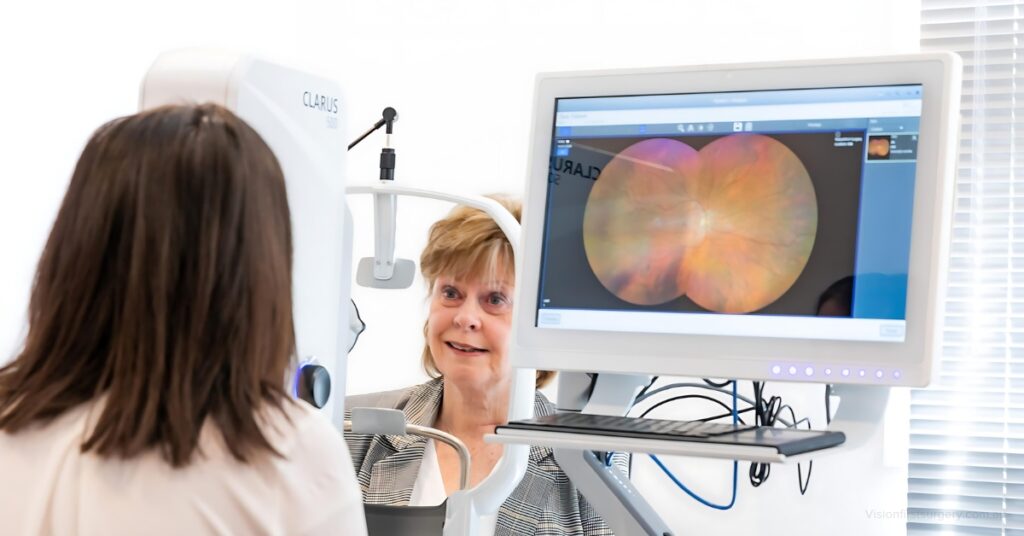Eye injections may sound and look scary for some. Still, eye injections are a tried-and-tested treatment option for certain eye conditions, such as age-related macular degeneration (AMD) and diabetic retinopathy. In this article, we discuss what is eye injection in its entirety. How VisionFirst Surgery – a provider of eye laser services in Melbourne – keeps at it excellently.
What Is Eye Injection?

Eye injections have been around for quite some time but have seen a significant spike in usage back in 2006. With the introduction of an anti-vascular endothelial growth factor (VEGF) drug. This slows down the growth of blood vessels in the eyes and, therefore, delays vision loss.
This is a treatment option for age-related macular degeneration (AMD), diabetic retinopathy, retinal vein occlusion, pathological myopia, and other retinal disorders. Note that it’s not a one-time cure; instead, it is a series of injections that vary from patient to patient, depending on their condition. Likewise, the effectiveness of the infusion also varies – with some patients experiencing improvement in just weeks, while others may feel the improvement longer and would need more injections than others.
In Australia, the current available anti-VEGF medications are:
- Eye Injections for the treatment and management of wet AMD: Ranibizumab (Lucentis), Aflibercept (Eylea), and Beovu (brolucizumab)
- Eye injections that target proteins that cause muscular swelling and even vision loss: Faricimab (Vabysmo)
Though some injections treat the same conditions, an eye doctor will decide which one to use depending on a patient’s condition.
Eye Injection Process at VisionFirst Surgery in Melbourne

a patient seeks the help of VisionFirst Surgery for eye injections to treat and manage their eye conditions, here’s what to expect:
- Before the treatment, the eyes must be numbed using anesthetic drops — to be done around three (3) times to achieve the desired effect. In some situations, however, local anesthetic injection will be used instead of just drops.
- Aside from the anesthesia, a patient will be given an antiseptic solution to prevent infection.
- You will be asked by your eye doctor to look in a particular direction to keep your eye still. When the injection is given, minimal discomfort is expected (equivalent to having blood taken from your arm). Many people feel sudden pressure, which can catch their breath.
- After the injection, which only takes a few seconds, some gel drops will be put into your eyes.
It would greatly help if a patient has a companion or arranges transportation to take them back home, as one’s vision is likely to be affected.
What Is the Success Rate of Eye Injections?

Again, patients respond differently to this treatment option. This is why close communication with an eye doctor is crucial, as they will be the ones to ensure smooth and practical sessions of eye injections — before, during, and even after.
But in general, measuring an eye injection’s success is about improving a patient’s vision. Preventing further vision impairment, and stabilizing one’s current condition. Make sure to consult with your eye doctor regularly to know your eyes’ state. If you need eye injections, VisionFirst Surgery is here to assist and care for you throughout your healing journey. Got more questions? Reach out to us today!

